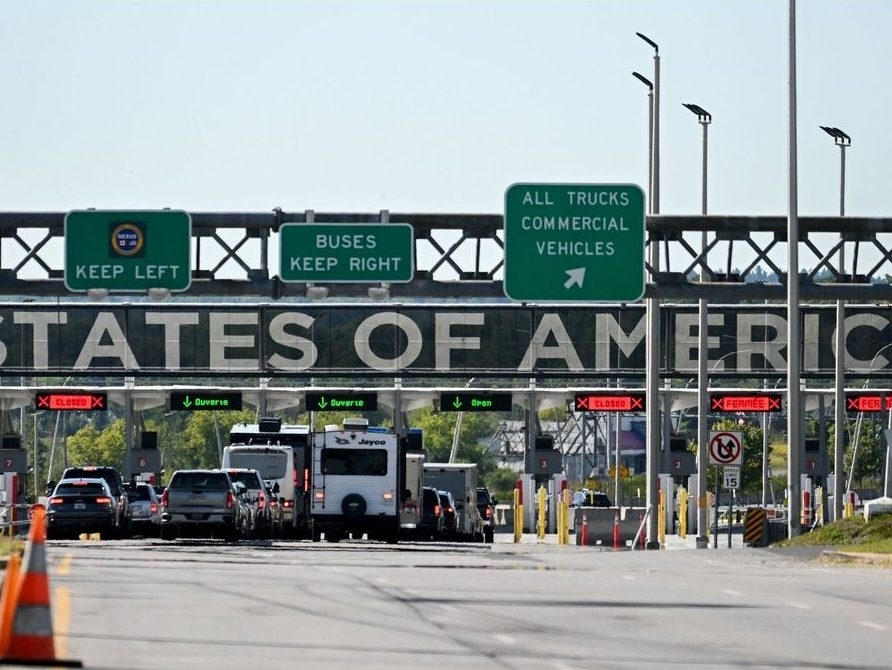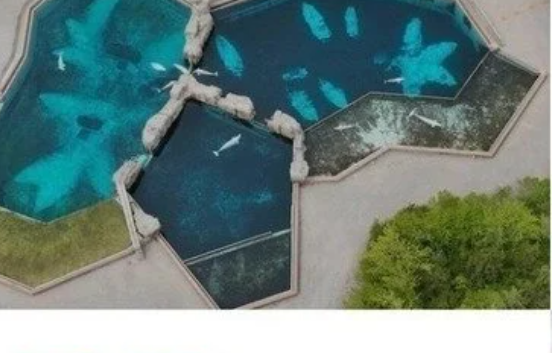
Since April, Canadians crossing at a land border and staying in the U.S. for 30 days or longer have had to get an electronic arrival record requiring fingerprinting and photographing at a cost of $30 US per person.
“The intent was to get undocumented individuals in the U.S. to register with the U.S. government and now the problem is Canadian tourists are being caught under that, particularly snowbirds that are staying for a longer period of time,” Evan Rachkovsky, the Canadian Snowbirds Association’s director of research and communications, said while pointing out the arrival record (an I-94) is automatic when you fly from Canada to the U.S.
“The problem is when people are driving into the U.S., when they’re crossing the land border, it’s inconsistent as to whether or not an I-94 is issued. Some people might get an I-94, while others don’t. It depends basically how U.S. Customs and Border Protection treat you when you’re entering the U.S.”
If border officials let Canadians staying longer than 30 days enter the U.S. without an I-94, they can register online at their destination by filling out a U.S. Citizenship and Immigration Services (USCIS) online form called a G-325R within 30 days of arriving.
“It’s just a basic registration form,” said Rachkovsky. “Asks them biographic information about themselves, things about past criminal records, things of that nature. They would submit that to USCIS and then they would get a receipt back and then they would print that receipt and carry that with them as proof of registration with the federal government.
“That’s also a new part. Canadians never had to fill out these USCIS forms. This G-325R form was never something that Canadian snowbirds had to fill out before. You have to be registered one way or another.”
RECOMMENDED VIDEO
‘PEOPLE ARE SHOCKED’
While these requirements have been around for months, some CSA members are telling Rachkovsky it’s still a bit of a shock and feels invasive as they head south for the winter .
“I feel that people are shocked that they’re being fingerprinted and photographed — absolutely,” said Rachkovsky.
“People might find it intrusive that they’re being fingerprinted, that they’re being photographed, but there is no downside other than those two things and paying the $30 US. I feel like we’ve done a good job of trying to educate, but of course there are people out there that are spending 30 days or more in the U.S. who aren’t (among the 100,000) members of our association. So these requirements may come as a complete shock to them when trying to enter the U.S.”
But the requirement doesn’t appear to be going anywhere soon.
“You’re dealing with two different government agencies,” Rachkovsky said of what might be causing the confusion.
“You’re dealing with U.S. Customs and (Border) Protection at the border. And U.S. Citizenship and Immigration Services in terms of the forms that they need to fill out. I mean, ultimately what we would like to see is this registration requirement completely absolved and completely rescinded for Canadians that are visiting the U.S. At this point, it’s something that we’re working towards doing.”





